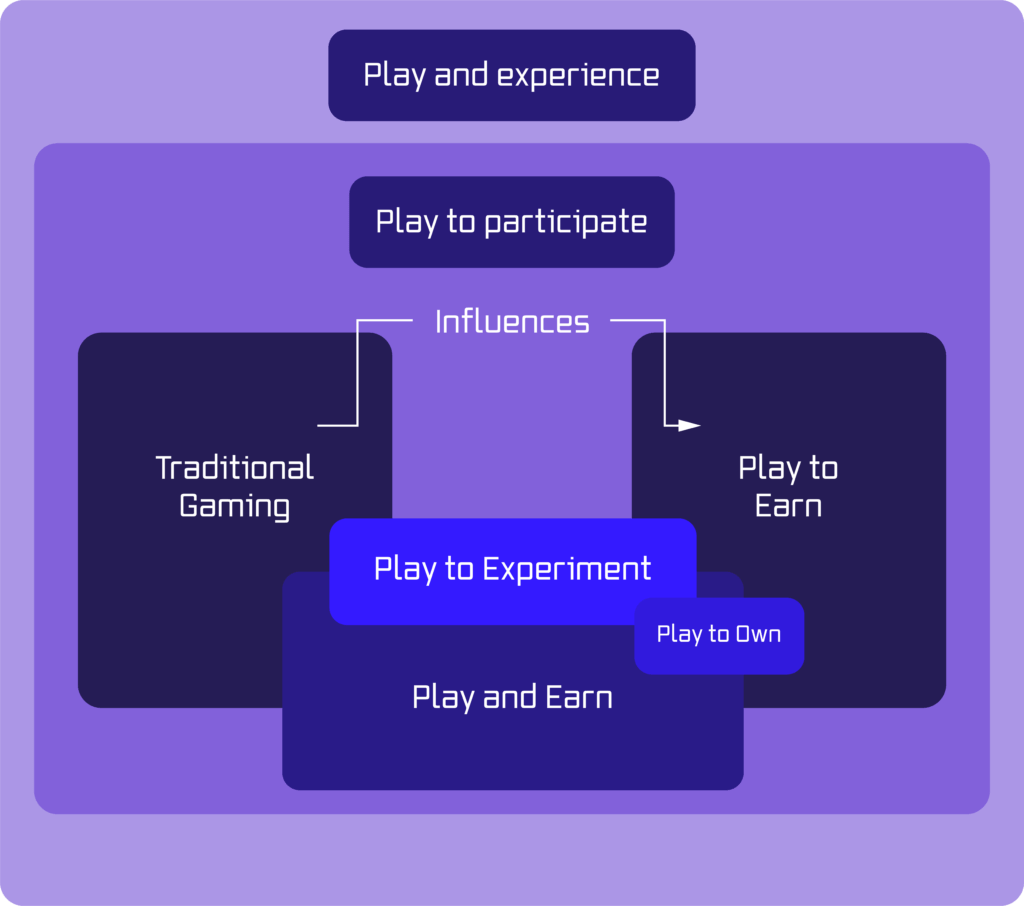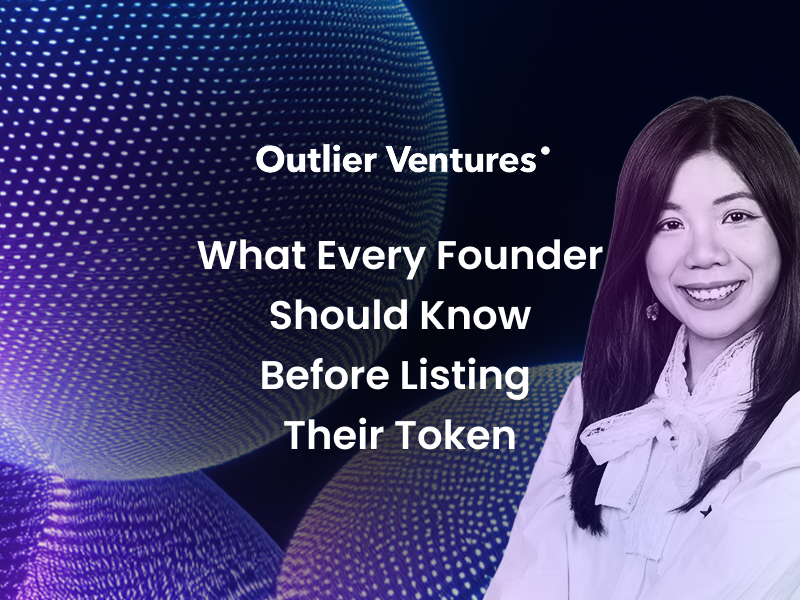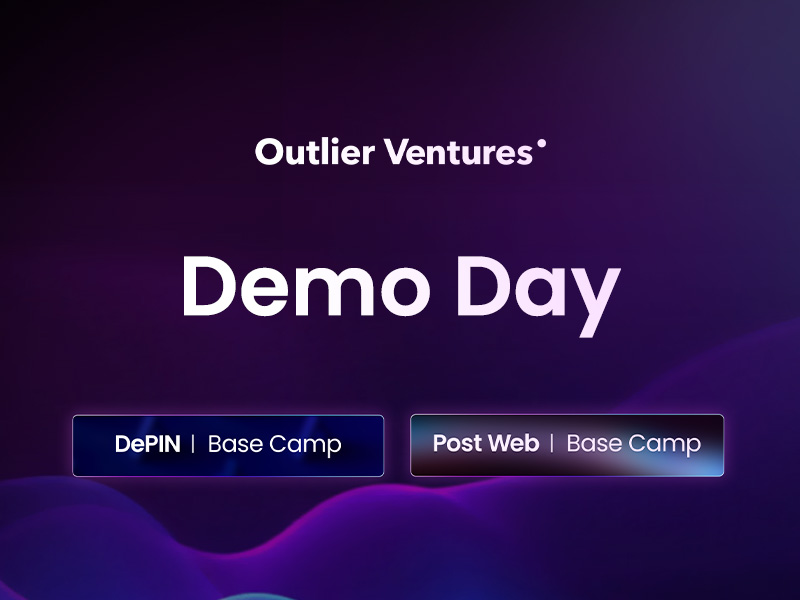It is safe to say, game mechanics, concepts, music and graphics, and game economy have been enjoying the hype for a couple of decades. Games such as Destiny, Persona 5, and Dead Space, apart from having great titles, have been praised for these in-game elements. With the rise of crypto, the Play to Earn (“P2E”) model has taken centre stage in gaming press’ as mainstream media, at the time of writing.
The current narrative of the P2E model is objectively negative and one-sided. There is a lack of understanding about why different models should exist and how vast the motivations of engaging players are, more on this later. There are numerous states of play which are difficult to cover in just one post, so instead we will build on the foundations of traditional gaming and how they have bled into the P2E model against a backdrop of the player’s role and in-game economics.
First and foremost, we need to discuss why experimentation is needed in gaming and fundamentally understand what has happened for the past few decades as well as at present – in digital currencies and player behaviour.
Currencies, experimentation and gamer behaviour not only have an influence on game design but also on the types of play we know today:
For instance, let’s consider the medium of exchange in the Mario series, Mushroom Coins. Strictly speaking these coins are not a currency, as they are automatically exchanged for either extra lives or points; RPG-themed Mario games are an exception whereby coins can be used to purchase goods. The game and its economic designs emphasise on mythical “fun” and “exploration” factors as any platform should, instead of focusing on financial gain as a primary motivation to play.
However, the situation is radically different when we explore other types of games like Massively Multiplayer Online (“MMOs”). While exploration is still important, MMOs also offer companionship, event participation and real world money. World Of Warcraft has seen a drastic rise in “gold farming” during the last decade, a problem that has been widely reported both in the press and on forums, where the main incentives for playing a game are earnings and profits.
The joy of play has metamorphosed into a day-to-day job driven by the need to acquire more gold, a theme evident in P2E and proving that contrary to popular belief: earning from gaming has almost always been possible. EVE Online, Entropia, Ultima Online all gave real-life value to their assets and have built expansive universes and economics, which built the foundations blockchain gaming now sits on.
Now that we have covered the basics, let’s dive into some of the states of play – what they are, how they correlate and what’s in the future for them?
Standards of Various Types Of Play

For research purposes we will not divide Traditional Gaming into further business-focused segments (e.g. Free to Play, Freemium, Pay To Win), as the goal here is to understand how it can co-exist with Blockchain Gaming, despite criticisms the latter faces alongside gaming NFTs. Due to the many archetypes of gamers across the states of play, it seems unlikely for one to completely overtake or absorb the other.
Traditional gaming
This encompasses games that do not use blockchain technology and use FIAT currencies to either acquire the game or to trade and acquire digital goods. Please note that this is the main distinction we shall use when describing different types of traditional gaming. This type of gaming is providing the baseline to all types of play.
Examples include:
- Solo-player adventure (Witcher 3, Returnal, Another World)
- Co-op (Overcooked 2, It Takes Two, Monster Hunter: World)
- Multiplayer (Fortnite, World Of Tanks, Apex Legends)
- Mix (Minecraft: can be both, a single and a multiplayer experience)
While a person who plays Royal Match, a mobile match-3 type of game, can be drawn to a game because of its challenges and brain teasers, a fan of Uncharted might play the game for its thrills and cinematic experience.
Play to earn (P2E)
This term covers blockchain and token based gaming which focuses on playing the game to earn crypto tokens and usually involves NFTs (as characters or goods). In theory, P2E enables players to move their assets freely (by selling / lending them) around the in-game economy and earn crypto tokens from these actions. This, as opposed to Traditional Gaming, is encouraged by the game creators and is used for community and guild building.
The model has been widely discussed as a possible sole source of income (especially in developing countries). However, it has proven to be unsustainable in the long run as researched by Naavik on Axie Infinity, where tokens were prone to inflation and the economy would require constant tweaking. Further, it is expensive to enter the game (hence, the Guild model that became prominent as it tries to solve the high entry curve).
The potential for monetary gain is the main motivation for a player to engage in P2E titles, adding a ninth persona to the Game Refinery’s Player Archetype list – “The Earner”. The token factor (switching from FIAT to tokens) along with in-game NFT assets, have raised numerous concerns and waves of criticism from traditional gaming communities. Whilst some of these arguments come out of the simple fact that gamers don’t want to learn what NFTs really are or have limited knowledge of blockchain technologies, gaming companies could do more to change the status quo.
NFTs tend to be associated with astronomical prices and environmental problems arising from high on-chain energy consumption. This has led to a shift of gamer focus from the “fun factor” towards monetization – a situation further exacerbated by the Covid-19 pandemic and rising inflation. P2E is no longer a fun add-on for many, it is a necessity. This is starkly evident when considering the Philippines during the cross-over period of the Covid-19 pandemic and the rise in popularity of Axie. Many Filipino players were able to earn $15 a day on average – higher than the average local daily wage.
P2E is inspired by traditional gaming in terms of genres and imprints (from Minecraft to Zelda). The intriguing twist lies within the creation of the in-game economy and the ease in which the player (or the in-game developer/creator) can “cash out” of the game when compared to traditional gaming. In traditional models publishers often discourage players and/or in-game developers from withdrawing funds from the ecosystem, for instance:
- Roblox: In-game developers cannot withdraw their funds more than once a month, and the company performs a close review of their account’s activities when withdrawals are requested.
- World Of Warcraft: There is a strict ban on selling / buying any types of assets with FIAT currencies. All trades must be done in WoW’s native currency of gold. Despite this illegal commerce thrives on forums, auction services and digital assets exchanges.
The ease of withdrawing from P2E’s can be compared to banks handing out mortgages pre-2008 crisis. There is the risk of unfortunate scenarios such as, broken tokenomics causing inflation, a lack of effective user acquisition techniques, pump and dump schemes, players losing interest and exiting games – creating ripple effects in asset prices.
Through the evolution of the P2E model, we can observe possible changes in P2E devs’ approaches to game design:
- Shift to the Play And Earn model, where in-game earning is an additional perk of playing, rather than the core; discussed in the next post.
- Adopting the Freemium model that has proven to be remarkably successful with titles such as Candy Crush Saga, Fortnite or DOTA 2. This can already be spotted with Axie Infinity Origin (where NFTs are not needed to play the game) or games that are being developed (eg. Legends Of Elysium).
As we can see, traditional gaming lends a lot to the P2E games that we know and have a love-hate relationship with today. There is still much to be built to accommodate sustainable economic systems, new game formats and user acquisition methods. But, since we’ve taken the first step to understand one of the many states of play, we are closer to understanding how we can extract the best parts of the model today.
Keep an eye out for our next post in the series, where we will discuss the many other states of play!




